A well-structured OEM manual is essential for the success of any wireless lavalier microphone. This blog outlines the...
Technologies for Bluetooth microphone speaker used in children's household and school
The discussion about the technologies for Bluetooth microphone speaker used in children's household and school.
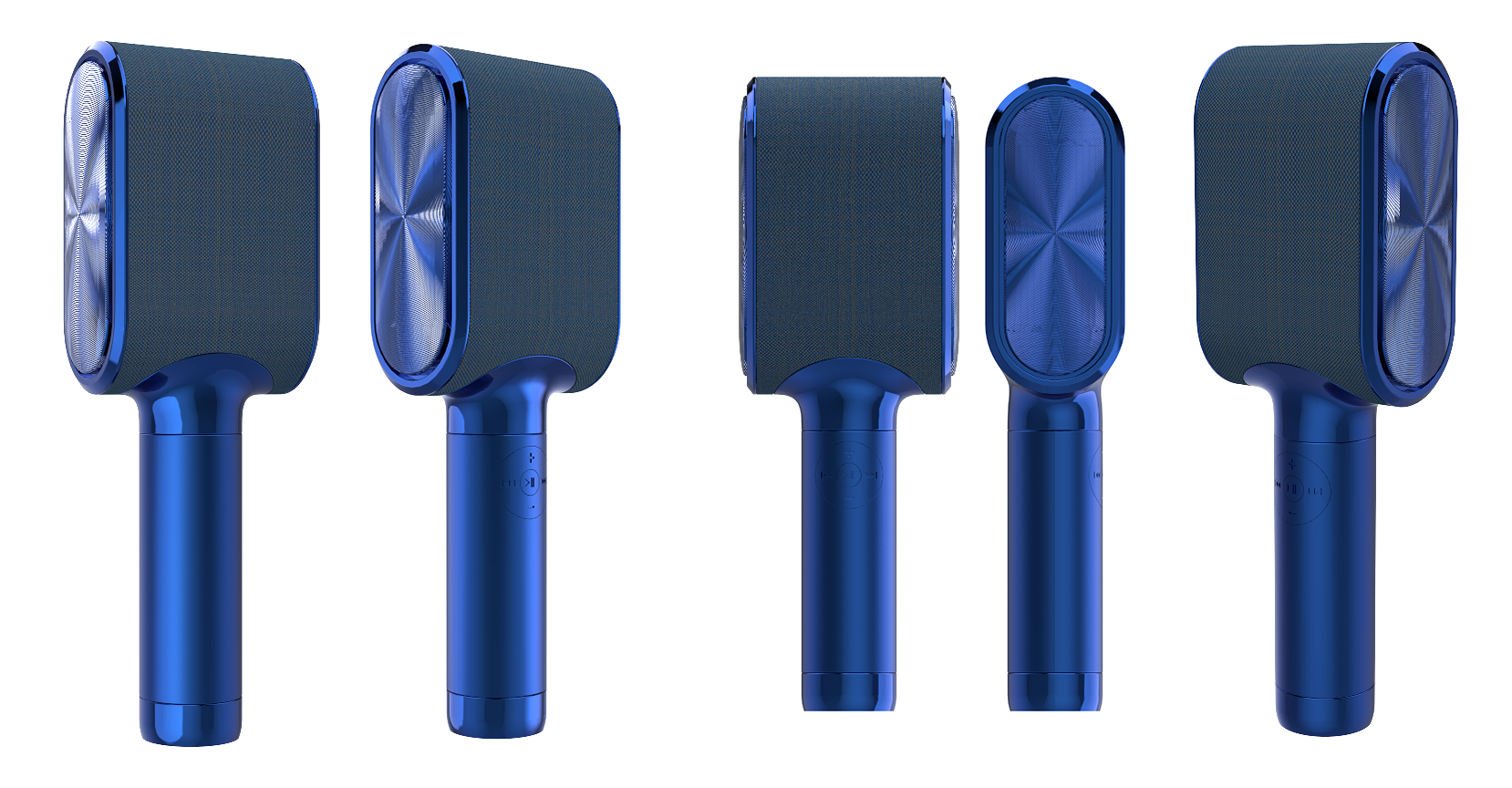
When we are expecting the Bluetooth technology used in home theater, Karaoke Bluetooth microphone is stepping into our daily life. We can enjoy home theater with your family with a beautiful Bluetooth microphone speaker. Meanwhile, we can also cultivate children's speech and music talents with it.
Formerly, everyone shared a microphone. We clean the microphone with a cloth after a group of people used it up, and we will continue to use it tomorrow. When the Bluetooth wireless microphone speaker is introduced to home karaoke, we don’t share the microphone anymore. Everyone can have one since it’s low cost and easy carry. Such a portable microphone speaker gave birth to a new era of family karaoke.
I. Technical characteristics of wireless Bluetooth microphones
Types of microphones: According to their different structures, microphones are generally divided into dynamic microphone, crystal microphone, carbon particle microphone, ribbon microphone and condenser microphone. Among them, the most commonly used are dynamic microphone and condenser microphone. The former is durable and cheap, while the latter is more delicate and excellent characteristics, but it’s expensive.
The dynamic microphone uses the diaphragm to induce the change in air pressure caused by the sound wave, and drives the coil placed in the magnetic field to cut the magnetic lines of force so to produce a weak current signal corresponding to the change in sound pressure intensity. It leads to dynamic microphones have low noise, no extra power need, easy to use, stable and reliable performance. The core of a condenser microphone is a capacitive sensor. The two poles of the capacitor are separated by a narrow air gap, which forms the capacitor's dielectric. When a voltage is applied between the two poles of the capacitor, the acoustic vibration causes the capacitance to change, and the current in the circuit also changes. Amplify this signal and output it, and you can get an audio signal of very good quality. In addition, there is a static-type condenser microphone, which uses static-type materials to make the microphone diaphragm electrode. It can work without external polarization voltage and simplifies the structure. Therefore, this microphone is very small and with low cost. It has the characteristics of a condenser microphone as well. The condenser microphone is widely used in various audio equipment and pickup environments. Condenser microphones have high sensitivity, good frequency response, and great sound quality.
II: The main technical features of the microphone
Sensitivity: At a frequency of 1 KHz, when the specified sound pressure of 0.1Pa is input from the 0° main shaft on the front of the microphone, the output of the microphone will output an open-circuit output voltage, the unit is 10mV/Pa. Sensitivity is related to output impedance. Sometimes expressed in decibels, and 10V/Pa is specified as 0dB. Because the microphone output is generally at the millivolt level, the decibel value of its sensitivity is always negative.
Frequency response characteristic: The characteristic that the sensitivity of the microphone 0° spindle changes with frequency. A suitable frequency response range is required, and the characteristic curve in this range should be as smooth as possible to improve sound quality and suppress acoustic feedback. The same sound pressure, but different frequencies of sound when applied to the microphone sensitivity is not the same, the frequency response characteristics are usually expressed in decibels of the difference in sensitivity within the passband range. The wider the passband range, the smaller the decibel difference, the better the frequency response characteristic of the microphone, that is, the smaller the frequency distortion of the microphone.
Directivity: The sensitivity of the microphone to the sound from different directions will be different, which is called the directionality of the microphone. The directivity is related to the frequency, the higher the frequency, the stronger the directivity. In order to ensure sound quality, the microphone is required to have a relatively consistent directivity within the frequency response range. The directivity is expressed by the difference in the sensitivity between the 0° direction on the front of the microphone and the 180° direction on the back of the microphone, and the difference greater than 15dB is called a strong directional microphone. The directional polar coordinate response curve pattern of the main frequency is often given in the product manual. The general types are: unidirectional "cardioid"; bidirectional "8-shaped"; and non-directional "circular"; and single Directivity "super-cardioid". The directivity of microphone sensitivity is an important factor in choosing a microphone. Some microphones are unidirectional, some are omnidirectional, and some are in between, and their directionality is cardioid.
The omnidirectional microphone has the same performance in picking up sound from all directions. This type of microphone is more suitable when the users wants to walk back and forth, but it is not suitable under conditions of large environmental noise.
The sensitivity of a cardioid pointing microphone is heart-shaped in the horizontal direction, with the maximum sensitivity on the front side slightly smaller and the smallest on the back side. This microphone has excellent performance in a variety of sound reinforcement systems.
The unidirectional microphone is also called the super cardioid directional microphone. Its directivity is sharper than that of the cardioid microphone. The front sensitivity is extremely high, and the sensitivity in other directions is attenuated sharply. It is especially suitable for high noise environments.
Output impedance: The impedance of the microphone itself seen from both ends of the microphone lead is called the output impedance. Common microphones are divided into high impedance and low impedance. The high impedance value is about 1000 to 20000 ohms, which can be directly connected to the amplifier; the low impedance type is 50 to 1000 ohms, and it can be connected to the amplifier only after the transformer is matched. The output voltage of the high impedance is slightly higher, but the bypass effect of the lead capacitor is larger, which reduces the high frequency, and is also susceptible to the interference of the external electromagnetic field. Therefore, the microphone lead should not be too long, generally 10 to 20 meters. Low-impedance output does not have this defect, therefore, the noise level is low. The microphone lead can be lengthened correspondingly, and the low-impedance microphone lead of some loudspeaker equipment can reach 100 meters. If the distance is longer, a pre-amplifier should be added.
III: Microphone Bluetooth technology
The Bluetooth microphone can be connected directly with Bluetooth without a wire. As one of the most important technical standards in the field of wireless communication technology in the 21st century, Bluetooth not only provides convenience for people's lives, but also brings a new step in the development of technology and digital industries. Common Bluetooth devices on the market now include Bluetooth cars, Bluetooth headsets, Bluetooth flash drives, Bluetooth adapters, Bluetooth gateways, Bluetooth speakers, Bluetooth microphones, and so on.
Nowadays, people are more prefer to use the Bluetooth wireless microphones since they are easy to carry and operate. For example, the wireless microphone speakers you see in the hands of many network anchors have good portability, just like when you have WIFI, you generally don’t like to use network cables.
Bluetooth microphones are indeed very convenient. You can bring them wherever you go. There are many compatible devices like our MIC-K17. You can go out with only your mobile. On the other hand, there are some disadvantages of Bluetooth microphones that need to be solved. For example, it is easy to be interfered, which is similar to the unstable WIFI signal. So when you use the Bluetooth microphone, please do not turn on other Bluetooth devices next to it.
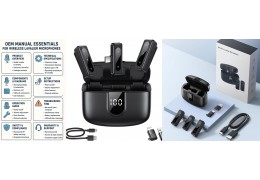

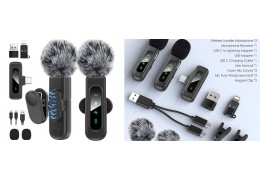
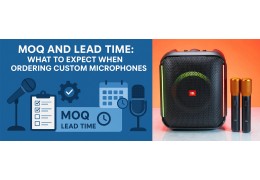
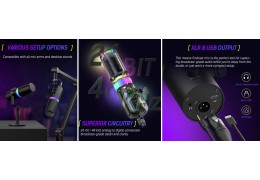
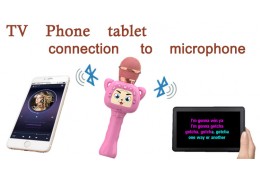

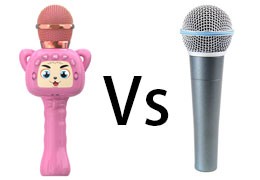



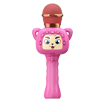

Latest comments